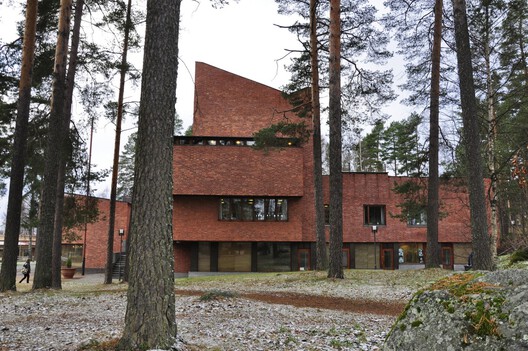
In his 1983 now-classic essay Towards a Critical Regionalism, Six Points of an Architecture of Resistance, Kenneth Frampton discussed an alternative approach to architecture, one defined by climate, topography and tectonics, as a form of resistance to the placeness of Modern Architecture and the gratuitous ornamentation of Postmodernism. An architectural attitude, Critical Regionalism proposed an architecture that would embrace global influences while firmly rooted in its context. The following explores the value and contribution of Frampton’s ideas for contemporary architecture.
An influential architectural concept, Critical Regionalism emerged within the context of the first Venice Architecture Biennale in 1980, curated by Paolo Portoghesi and titled The Presence of The Past. That edition of the Biennale sought to discover the direction of the practice after Modernism and, through its Strada Novissima, catalyzed the internationalization of Postmodernism. Part of the curatorial team, Kenneth Frampton, disagreed with this somewhat mimetic interpretation of cultural heritage, arguing that there is a different way for architecture to move beyond Modernism without returning to the architectural language of the past. His counterproposal came to be defined as Critical Regionalism.












